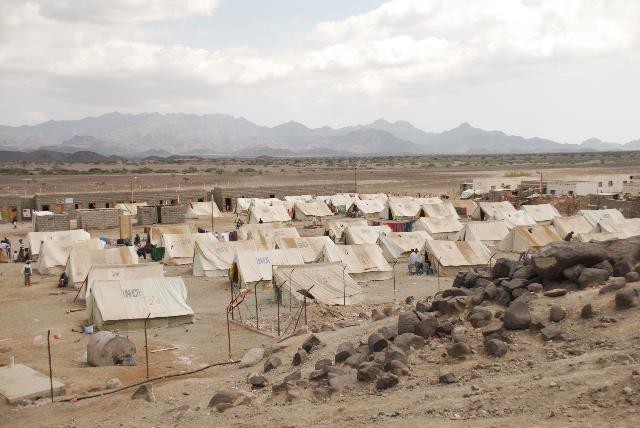
A new tool to assess the severity of on-going humanitarian crises shows that crises around the world are becoming longer, more severe and more complex.
The INFORM Severity Index just launched by the Commission seeks to contribute to more efficient response in the countries affected by humanitarian crises.
The tool includes information on the affected populations and geographical areas, the conditions and distribution of the people, as well as the complexity of the crisis.
It also contains information on the underlying factors that determine the severity of the crisis and how the severity has involved in time.
The overall goal is to better align priorities and resources of EU humanitarian aid with the severity of the crises.
The tool will be integrated in the evidence-based decision making process of the European Commission’s Civil Protection and Humanitarian Aid Operations (DG ECHO) to prioritise humanitarian funding allocations.
The Index shows that crises are becoming more complex
The INFORM Severity Index shows that over a third of all countries in the world are currently dealing with at least one internal crisis that causes human suffering and necessitates humanitarian assistance.
In total, there are 132 crises going on in 73 countries. In 13 countries, the crises have reached levels of extreme severity. These include Syria, Nigeria and Libya.
In 2019, nearly 132 million people around the world were in need of humanitarian assistance.
Many sudden-onset conflicts have led to long-term humanitarian emergencies.
The average length of humanitarian crises has almost doubled over the past five years. An average humanitarian crisis now lasts for over nine years.
Nearly three quarters of the people who receive assistance are in countries that have been affected by a humanitarian crisis for seven years or more.
Crisis situations around the world are also becoming increasingly complex.
Their resolution and the delivery of humanitarian aid is often rendered more difficult because of a complicated socio-political environment, the diversity of the affected groups, inequalities, violence, or other societal or geopolitical factors.
The delivery of humanitarian assistance in such complex conditions requires profound understanding of the context in which the humanitarian aid providers are going to operate.
It is also important to be able to identify rapidly the groups that need assistance most urgently and to understand the severity of their conditions.
The INFORM Severity Index will help donors around the world to better understand the on-going crises and to prioritise humanitarian aid.
Related Content
Details
- Publication date
- 20 November 2020
